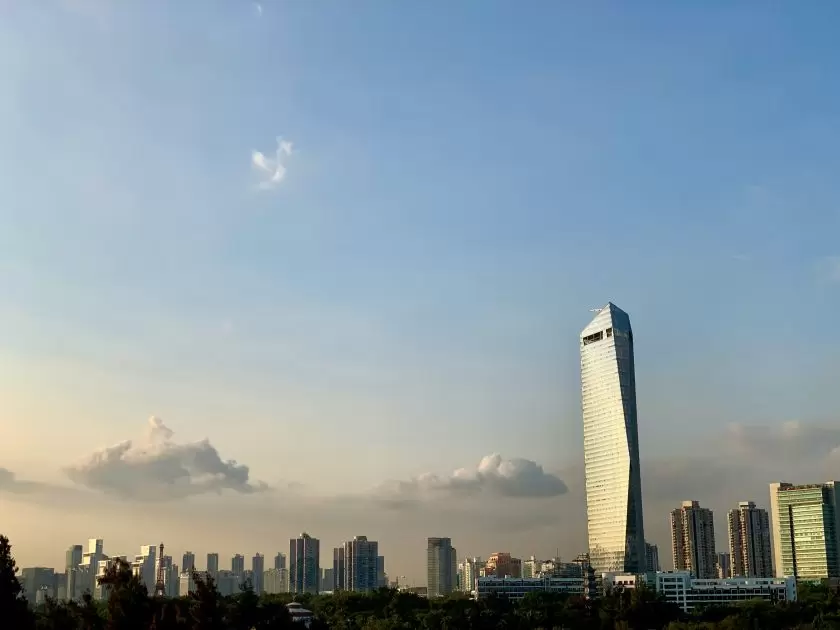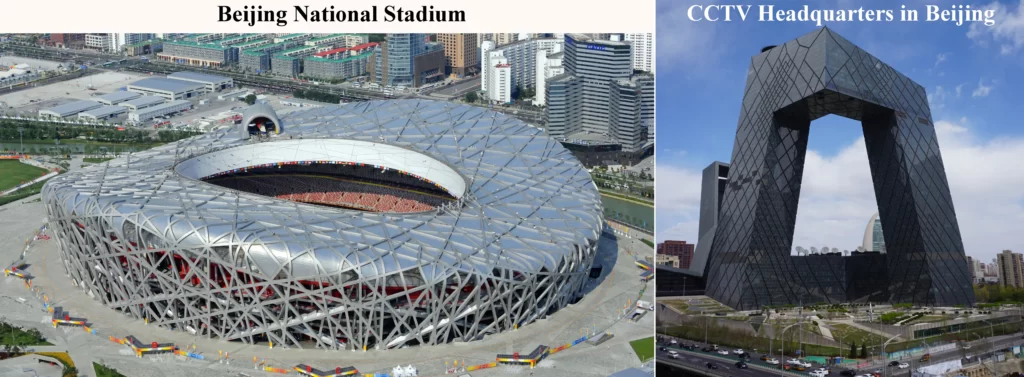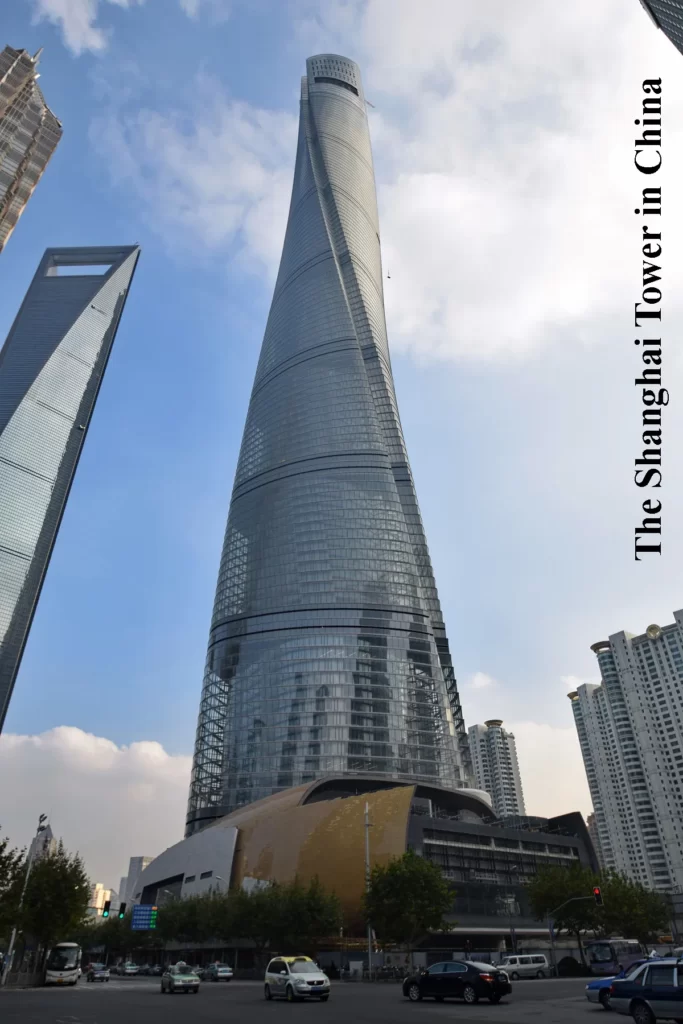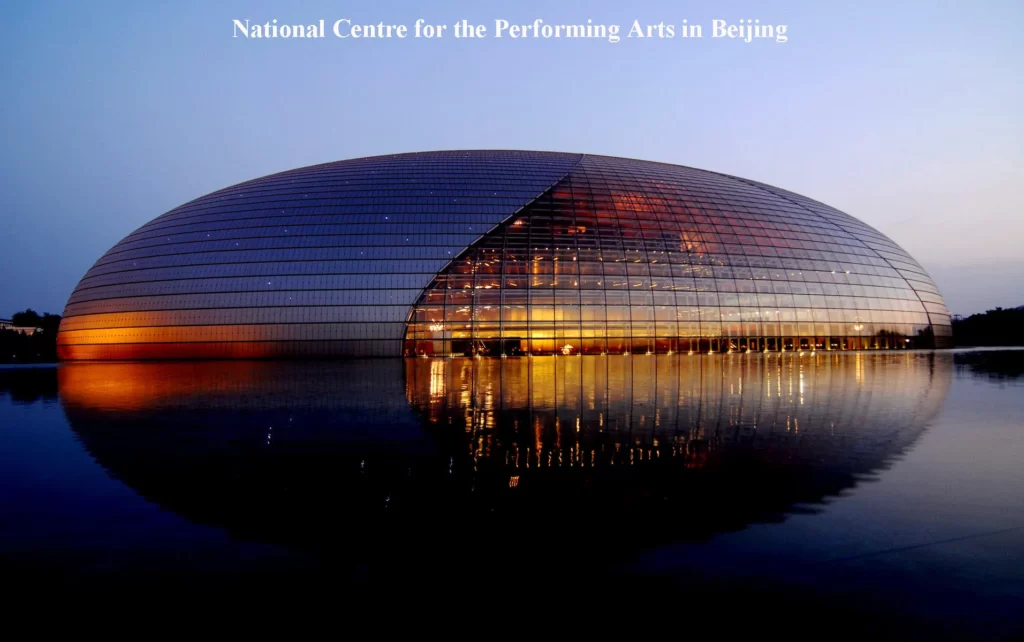If you want to know about the staircase design or landscape garden or requirements for disabled persons in a building, please click the link.
Introduction
Modern Chinese building design in architecture refers to the use of contemporary design principles and materials to create new and innovative buildings while still incorporating traditional Chinese architectural elements. The historical significance of Chinese building design in architecture dates back thousands of years and has been shaped by various dynasties, each leaving their own distinct architectural style.

Understanding modern Chinese building design is important in contemporary times as it allows for the preservation of cultural heritage while still embracing modern advancements and technologies. Additionally, modern Chinese building design plays a significant role in shaping the identity and landscape of China’s rapidly growing cities.
1) Influences on Modern Chinese Building Design
Modern Chinese building design is influenced by a variety of factors, including cultural heritage, environmental concerns, and technological advancements.
Cultural heritage plays a significant role in shaping modern Chinese building design, with many architects looking to incorporate traditional Chinese architectural elements into their designs. This is often achieved through the use of materials, such as wood and stone, and through the incorporation of traditional motifs and designs.
Environmental concerns are also an important influence on modern Chinese building design, with architects looking to create buildings that are sustainable and energy-efficient. This is often achieved through the use of green technologies, such as solar panels and rainwater harvesting systems.
Technological advancements have also had a significant impact on modern Chinese building design. The use of computer-aided design (CAD) software and other digital tools has made it possible for architects to create complex and innovative designs that would have been impossible in the past.
These influences have led to the creation of many famous modern Chinese buildings, including the Beijing National Stadium (also known as the Bird’s Nest), designed by the Swiss architecture firm Herzog & de Meuron for the 2008 Summer Olympics, and the CCTV Headquarters in Beijing, designed by the Dutch architect Rem Koolhaas.

Other famous architects who have contributed to modern Chinese building design include Zaha Hadid, who designed the Guangzhou Opera House, and Norman Foster, who designed the Hong Kong and Shanghai Bank in Hong Kong.
2) Key Features of Modern Chinese Building Design
Modern Chinese building design is characterized by innovation, sustainability, and functionality. Architects are pushing the boundaries of traditional building design while still honoring cultural heritage.
In terms of innovation, modern Chinese architecture is notable for its use of cutting-edge technology and innovative design techniques. One example is the CCTV Headquarters in Beijing (Image below), designed by Dutch architects Rem Koolhaas and Ole Scheeren. The building’s unique shape and structural design have made it an iconic landmark in the city.

Sustainability is also a key feature of modern Chinese building design. With a growing awareness of environmental concerns, architects are incorporating eco-friendly design elements into their buildings. One example is the Shanghai Tower, which uses advanced energy-saving technologies to reduce its carbon footprint.

Functionality is also an important consideration in modern Chinese building design. Buildings are designed to be efficient and practical, with features that meet the needs of their occupants. The Guangzhou Opera House, designed by Iraqi-British architect Zaha Hadid, is a prime example of this. Its unique shape not only serves an aesthetic purpose but also enhances the acoustics of the building.

These features have cultural and historical significance in contemporary Chinese building design. They demonstrate how Chinese architecture has evolved over time to meet the needs of a modern society while still honoring its rich cultural heritage.
3) Contemporary Chinese Buildings
The National Centre for the Performing Arts, also known as the “Egg”, is a modern Chinese building located in the heart of Beijing. Designed by French architect Paul Andreu, it features an elliptical dome made of titanium and glass, surrounded by an artificial lake. The building is a cultural hub, hosting various performances and events, and is considered a symbol of China’s modernization and cultural revival.

The Shanghai Tower, designed by American architectural firm Gensler, is a skyscraper in Shanghai that stands at 632 meters tall. It is currently the second tallest building in the world and has won numerous awards for its innovative design, including its unique twisted form that reduces wind loads on the building. The building also incorporates sustainable features such as rainwater collection and greywater treatment, making it a model for eco-friendly urban development.

Both of these buildings represent the innovative and sustainable principles of modern Chinese building design, while also honoring cultural heritage. The National Centre for the Performing Arts, with its use of the traditional element of water and its integration with the surrounding landscape, reflects the importance of harmony and balance in Chinese architecture. The Shanghai Tower, with its twisted form inspired by traditional Chinese architecture, shows how modern architects are using technology and innovation to push the boundaries of traditional design while still maintaining cultural connections.
4) Future of Modern Chinese Building Design
As modern Chinese building design continues to evolve, there are several potential directions in which it may go. One significant trend is the continued emphasis on sustainability, as architects and designers seek to minimize the environmental impact of new buildings. This may include the use of renewable materials, green roofs, and energy-efficient systems.
Another potential future direction for modern Chinese building design is the incorporation of new technologies. As new materials and construction techniques become available, architects may experiment with new forms and shapes. For example, 3D printing technology could be used to create unique building components that are both functional and visually stunning.
As society’s needs and priorities change, modern Chinese building design may also evolve to meet these new challenges. For example, the COVID-19 pandemic has highlighted the importance of public health and safety. Architects may incorporate features like touchless technology and advanced air filtration systems to create healthier, safer spaces.
Throughout these changes, it will be important for architects and designers to preserve and promote China’s rich cultural heritage. By incorporating traditional elements into modern designs, and by creating buildings that reflect China’s unique history and culture, modern Chinese building design can continue to be a source of pride and inspiration for generations to come.
5) Conclusion
In conclusion, modern Chinese building design in architecture has undergone significant changes and development over the years. From the early stages of imitating Western architecture to the current trend of blending traditional Chinese elements with modern architecture, Chinese architects have been experimenting and exploring new possibilities to create unique and innovative buildings that reflect the country’s culture and history.
In recent years, China has become a hub for contemporary architecture, with many world-renowned architects and firms participating in the construction of some of the most ambitious and futuristic projects in the world. The country has embraced sustainable and green design practices, incorporating new technologies and materials to create energy-efficient buildings that meet the demands of a rapidly growing population.